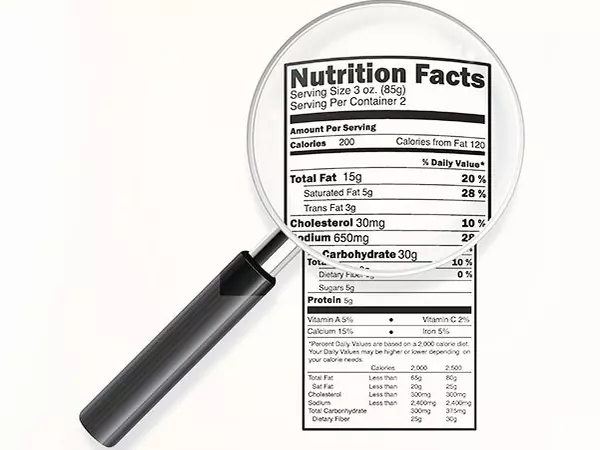
How should I read nutrition labels?
With all the information on food packaging, it can be confusing to know what you should be looking for when reading a label. Use the following guidelines to help make the best choice for yourself.
• Start with the serving size. Sometimes this can be tricky – you might assume a small bag of chips is only one serving but if you check the serving size on the label there are 2.5 servings in a bag. Always check to see what the recommended serving size is.
• Use high and low guidelines. Anything 5% or lower is considered low, and anything 20% or greater is high. Try to choose more things that are low in areas you are trying to reduce, and aim higher in vitamins, minerals, and fiber. The percentage guidelines are helpful when you are trying to quickly identify choices that are in line with your goals.
• Check the ingredient list. Ingredients are listed in order of percentage – so the ingredients listed first make up the biggest portion of the food. If sugar, salt, or a non-heart healthy fat are listed in the top ingredients, it may be a good idea to find a different choice.
• Try to have more foods with no nutrition label. Whole unprocessed foods do not usually come with a nutrition label, but we know that fresh fruits and vegetables are high in vitamins, minerals, and phytochemicals with many health benefits. Getting more of these whole foods in your diet with impact your overall health in a positive way.
Related articles

When to seek chiropractic care—5 symptoms you shouldn't ignore

Pinched nerves, sciatica and carpal tunnel

Essential tips for preventing sports injuries

Water or electrolyte drinks: What's better for athletes?